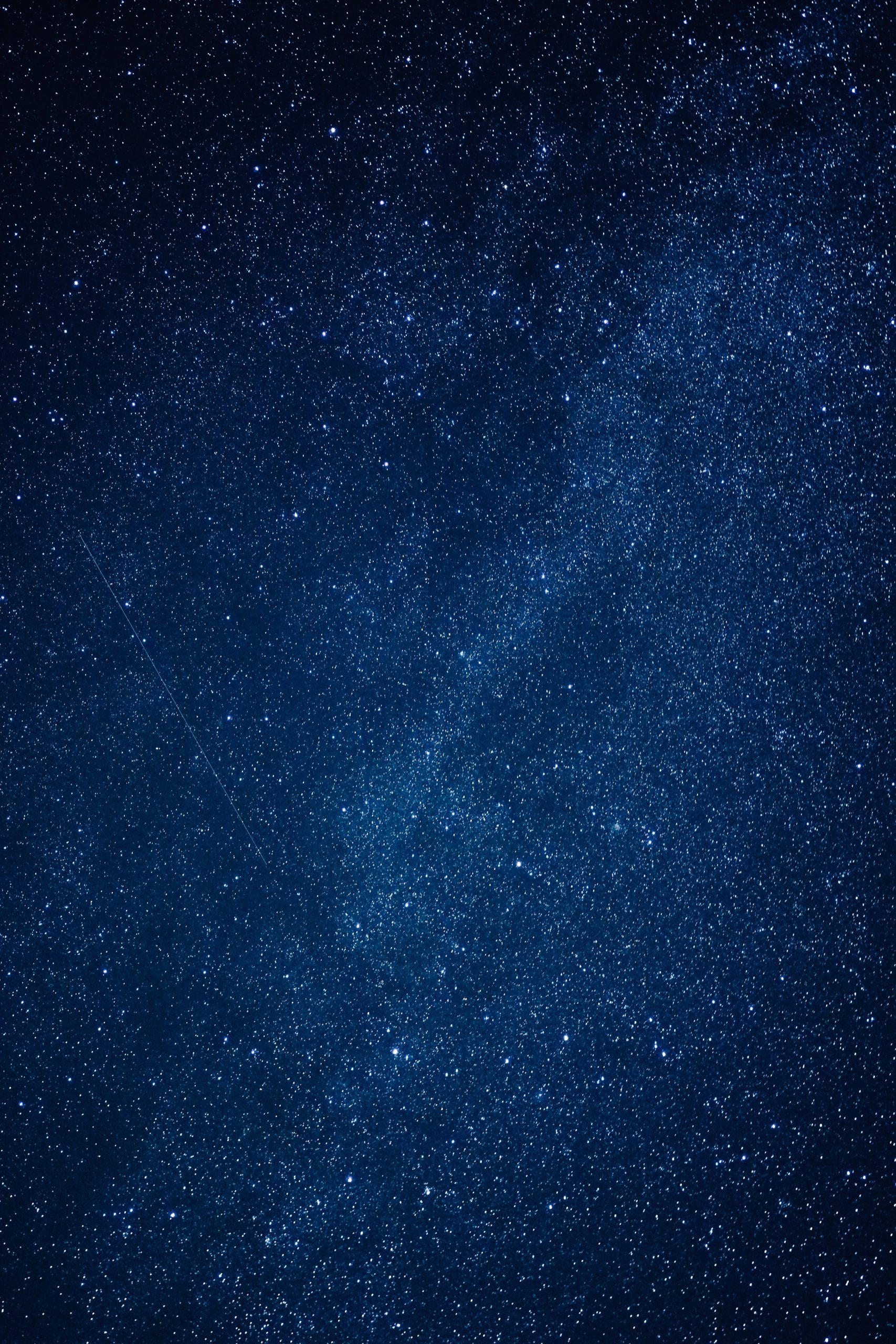Moon Phases and Times: A Complete Guide to Understanding Lunar Cycles
From the serene glow of a full moon to the mystic allure of a new moon, the various phases and times of the moon have fascinated humanity for centuries. Whether you are an amateur astronomer, a lover of folklore, or simply curious about the moon’s influence on our planet, this comprehensive guide will delve into the intricacies of moon phases and their corresponding times.
The Basics: What Are Moon Phases?
Before we dive into the specifics, let’s establish a foundation of knowledge by answering a fundamental question: What are moon phases? The moon, as we see it from Earth, undergoes a continuous cycle of changes known as lunar phases. These phases occur due to the relative positions of the sun, the moon, and the Earth.
The moon’s orbit around our planet means it is constantly exposed to sunlight. However, depending on the angle at which the sun’s rays hit the moon’s surface, different portions of the moon appear illuminated. These variations form the basis of moon phases and dictate the iconic shapes we observe from Earth.
The 8 Moon Phases
The moon goes through eight distinct phases during its approximately 29.5-day lunar cycle. Each phase presents a unique appearance, which we will explore below:
- New Moon: During this phase, the moon is not visible from Earth as it is positioned between the sun and our planet.
- Waxing Crescent: A small sliver of the moon becomes visible, resembling a crescent shape.
- First Quarter: Half of the moon is now visible, appearing as a right-sided semicircle.
- Waxing Gibbous: More than half of the moon is illuminated, but it is yet to reach the full moon stage.
- Full Moon: The entire face of the moon is visible, reflecting the sun’s light and showcasing its spherical shape.
- Waning Gibbous: The amount of visible moon decreases after reaching the full moon stage.
- Last Quarter: Half of the moon is visible, but this time it appears as a left-sided semicircle.
- Waning Crescent: A small sliver of the moon becomes visible again, but now it resembles a backward crescent.
These phases occur in a specific order and are crucial in determining the moon’s appearance and its influence on the Earth.
The Duration of Moon Phases
While we now have an understanding of the moon’s phases, it is also essential to be aware of the duration of each phase. The length of time for the complete lunar cycle is approximately 29 days, 12 hours, 44 minutes, and 3 seconds – often rounded to 29.5 days for simplicity.
However, it is important to note that the duration of individual phases can vary. The time it takes for the moon to transition from one phase to another is dependent on multiple factors, such as the moon’s position in its orbit and the Earth’s location in relation to the sun. As such, precise calculations are necessary to determine the specific duration of each phase.
Tools and Resources for Tracking Moon Phases and Times
While it is fascinating to understand the science behind moon phases, you may also want to keep track of upcoming lunar events for practical or recreational purposes. Fortunately, numerous tools and resources are available to help you stay informed:
| Resource | Description |
|---|---|
| Lunar Calendars | These printed or online calendars provide an overview of moon phases and times for a given year or month. |
| Mobile Applications | Apps like Moon Phase Calendar, Moon Calendar, and LunarPhase Pro offer real-time updates, notifications, and additional lunar information. |
| Astronomy Websites | Sites such as NASA’s Lunar Calendar and timeanddate.com provide detailed moon phase data, including rise and set times. |
| Observatories and Planetariums | Local observatories and planetariums often organize stargazing events and offer expert guidance on moon phases and celestial phenomena. |
Utilizing these resources can enrich your experience and enhance your understanding of moon phases and their corresponding times.
The Moon’s Influence and Cultural Significance
Moon phases have captivated cultures worldwide, playing significant roles in folklore, traditions, and various aspects of daily life. Here are some examples:
- Agriculture: Lunar calendars have historically guided planting and harvesting practices, with farmers aligning their activities according to moon phases believed to optimize yield.
- Religion and Spirituality: Many religious and spiritual practices incorporate moon phases in rituals, ceremonies, and sacred observances.
- Mythology: Moon deities and lunar mythologies appear across different civilizations, highlighting the moon’s divine presence in cultural narratives.
- Astrology: Moon phases are central to astrology, influencing zodiac signs, horoscopes, and the interpretation of personality traits.
These examples merely scratch the surface of the moon’s influence on human culture, emphasizing the widespread significance of moon phases throughout history and across societies.
Conclusion
In conclusion, the moon’s phases and times offer a wealth of scientific, cultural, and spiritual knowledge that continues to captivate our imagination. Understanding the different phases, their durations, and the tools at our disposal for tracking them enhances our connection with our lunar companion and enables us to appreciate the beauty and mystique of the night sky.
Whether you choose to gaze at the moon on a clear evening, explore the intricacies of lunar calendars, or unravel the ancient stories woven around the moon’s phases, the moon’s magic is bound to leave an indelible mark on your journey through life.
Table of Contents
